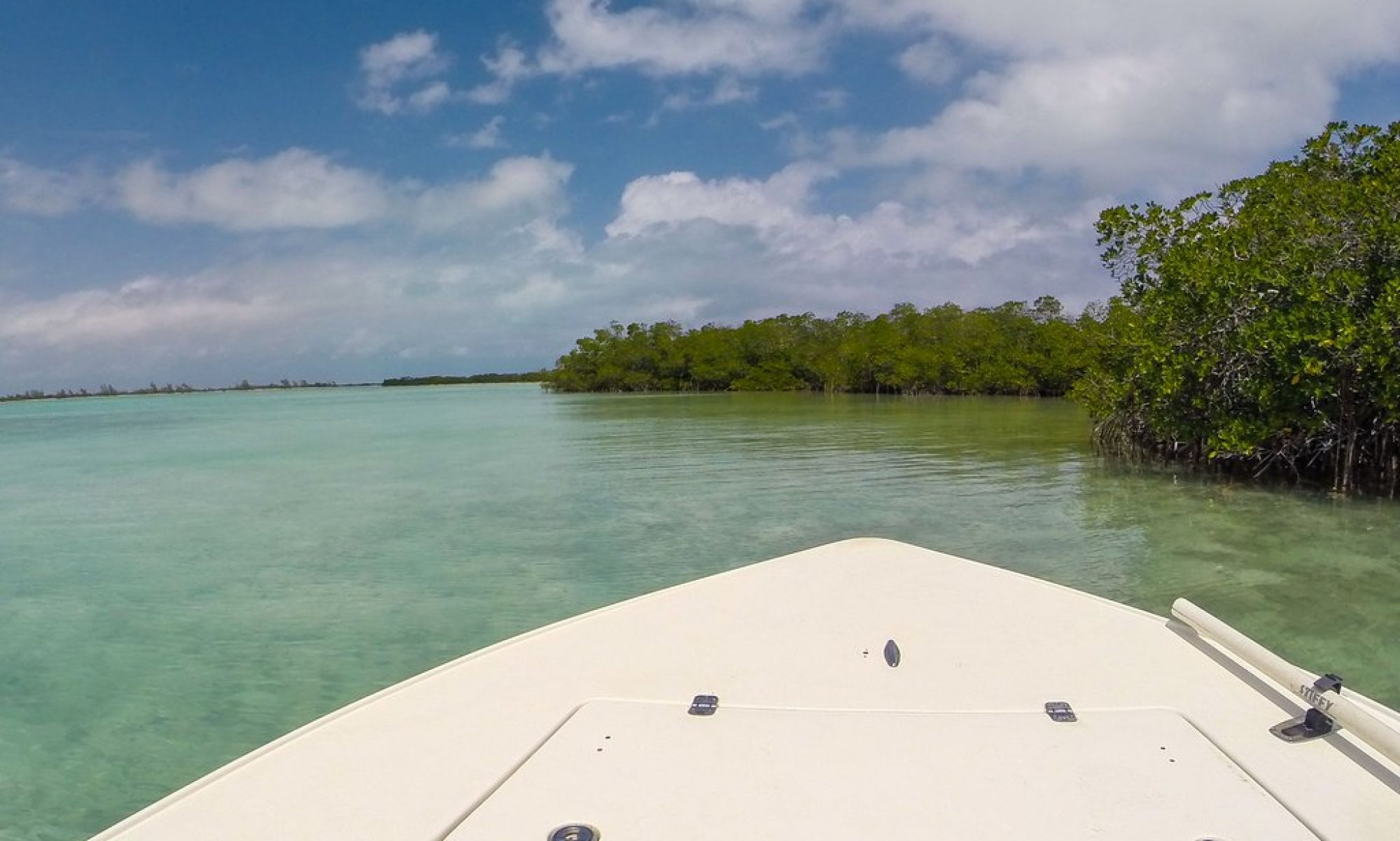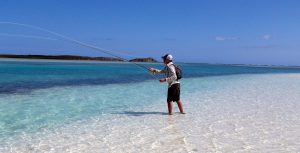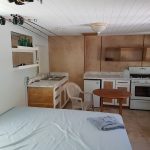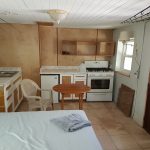Enquiries : (649)232 4141
The “Fisherman’s Cottage” is located at the Last Chance Bar&Grill – in fact it used to be the restaurant until it was expanded into a new building in 2016. The cottage has been updated with air-conditioning, fitted kitchen and has two queen-size beds.
It retains its “rustic”character however……….there is an outside shower and bathrooms are located at the side of the bar&grill. The cottage can accommodate two anglers comfortably – but you have to be more interested in the outstanding fishing than the luxurious accommodation !
Packages
Minimum Stay 3 nights
From the elevated position of the cottage, you can survey the vista of the four main flats spreading across Bottle Creek and having consulted the state of the tide decide where to start fishing that day.
Packages may be combined with guided bonefishing on the flats with a guide – maximum two anglers per flats boat – or self-guided with fishing kayaks.
Guided fishing has on on the flats with rod in hand before 8am; self-guided or DIY fishing will be launched in the South end of the creek so that you can paddle and drift over the prime wading flats. The kayaks are equipped with flyrod holder and anchor – so when you see tails or areas you want to wade – drop the anchor and leave the kayak behind.
Ask us about dates for flyfishing on the flats of Bottle Creek, North Caicos and we will do our best to put an attractive package together for you







